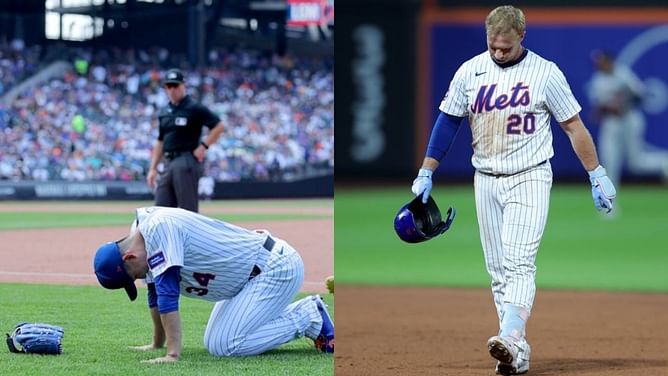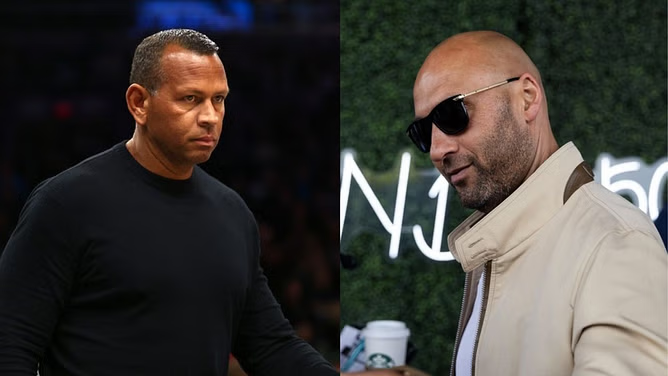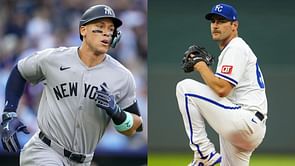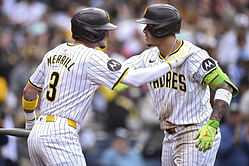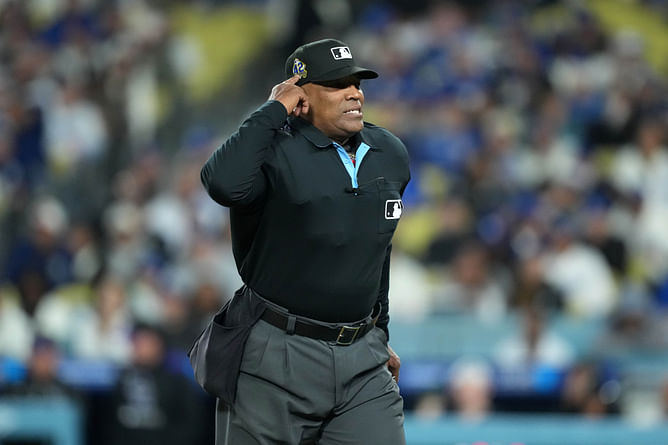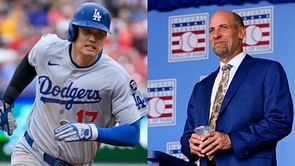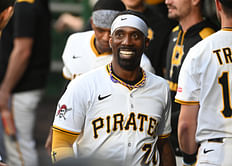MLB
About MLB

Major League Baseball (MLB) is a professional baseball league contested by teams from the United States and Canada. The league is divided into two parts - the American League and the National League, each with three divisions. The season typically runs from late March or early April to late September or early October. The postseason takes place in October and November. The World Series, which is the championship series of MLB, is held in October.
History of MLB
While professional baseball's origins can be traced back to the 1860s, baseball's modern era began in the early 20th century, with the formation of the American League and National League. Over the years, the league saw historic changes and different eras. The 1940s and 1950s saw the integration of African-American players in the leagues. There was also the "Steroid Era" of the late 1990s and early 2000s. Today, MLB is one of the most popular and profitable sports leagues in the world.
MLB Teams
MLB currently consists of 30 teams, divided into two leagues; both leagues having 15 teams. Teams represent different cities, while some cities have more than one team. In both leagues, the teams are divided into three subdivisions known as the East, Central, and West divisions. MLB's most well known teams include the New York Yankees, Boston Red Sox, Los Angeles Dodgers, and Chicago Cubs.
MLB Players: Legends and Rising Stars
Over the years, MLB has witnessed several legends of the sport including Babe Ruth, Willie Mays, Jackie Robinson, and Derek Jeter, among others. While their days are over, the future of the sport is seeing the rise of stars like Mike Trout, Mookie Betts, and Fernando Tatis Jr.
Inside the MLB: Rules, Regulations
MLB has a comprehensive set of rules and regulations written down to govern the game. Key rules include the number of innings, the number of players on the field, and the role of the pitcher. Various changes have also been implemented to the rules over the years, such as the designated hitter (DH) rule and instant replay.
Business of MLB
Billions of dollars are generated in revenue every year by the major business that is the MLB. There are a variety of sources for this immense revenue stream that include ticket sales, broadcast rights, merchandise sales, and sponsorships. There is also a complex organizational structure that governs the league that includes team owners and the players' union.
MLB Series Breakdown: Spring Training, Regular Season, and Postseason
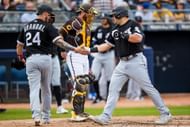
The MLB season is broken down into three distinct periods: Spring Training, the Regular Season, and the Postseason.
Spring Training takes place in February and March. Teams utilize this time to prepare for the Regular Season.
The Regular Season typically runs from late March or early April to late September or early October.
The Postseason is the final phase of the season and includes the Wild Card games, Division Series, League Championship Series, and World Series.
Watching MLB: TV and Streaming Options
Of course, the ideal way to watch MLB games is to attend the games in person, at any of the many stadiums across the league. If that's not a possibility, MLB games can be viewed through various mediums including TV broadcasts, online streaming and mobile apps. However, sometimes viewing restrictions do apply that prevent viewers from watching certain games in certain areas.
MLB Fan Culture: Tailgating, Stadiums, and Traditions
MLB's fan culture is rich and boisterous as fans of the sport often engage in many many traditions and rituals attached to the league. The entertainment begins even before the game even starts, usually over burgers or beers, involving pre-gaming and tailgating. The league also includes many iconic stadiums like Boston's Fenway Park and the Dodger Stadium in Los Angeles. There's also a plethora of unique songs and sing-alongs like the "Seventh-Inning Stretch" and the "Take Me Out to the Ballgame".
Future of MLB: Trends and Predictions
Many factors will shape the future of MLB like developing technology, improved player performances and fan demographics. A higher focus on analytics and the increased use of advanced statistics to evaluate players, as well as an increased emphasis on player safety and injury prevention are some of the current trends in the league. Exciting developments do lie on the horizon for the MLB, such as an expanding league that will include new teams and the continued growth of the league's global audience.
FAQs
Q. What are the upcoming MLB changes for 2023?
A. As of now, there have been no official announcements about any major changes to the 2023 season of the MLB. However, there is a high possibility that changes will be implemented in the future.
Q. What is the shift rule for 2023?
A. While there is no new shift rule for the 2023 season, MLB has been looking to do something about the increasing use of defensive shifts in the game. They have been experimenting with the rules with regards to this, so it is highly likely that changes may be made in the future to address this issue.
Q. What is the 2023 MLB playoff format?
A. No official announcements has been made as of now about any changes to the playoff format for the 2023 season. The current playoff format sees the top three teams in each division and two wild-card teams advancing to the playoffs.
Q. How many games are in the 2023 MLB season?
A. The exact number of games in the 2023 MLB season has not been announced yet. However, traditionally, each team plays 162 regular season games over the course of a six-month period, from late March or early April to late September or early October.
Q. Why is MLB making the bases bigger?
A. There have been no official announcements about MLB making the bases bigger. However, in recent years, there has been some discussion about potentially increasing the size of the bases to make it safer for players and to reduce the number of collisions and injuries that occur during the game.
Q. What is the MLB Ghost Runner rule?
A. The "ghost runner" rule was a temporary rule that was implemented during the shortened 2020 MLB season due to the COVID-19 pandemic. The rule allowed a runner to be placed on second base at the start of each half-inning during extra-inning games in order to speed up the game and reduce the number of extra-inning contests. The rule was not continued for the 2021 season and it is unclear whether it will be used in future seasons.
